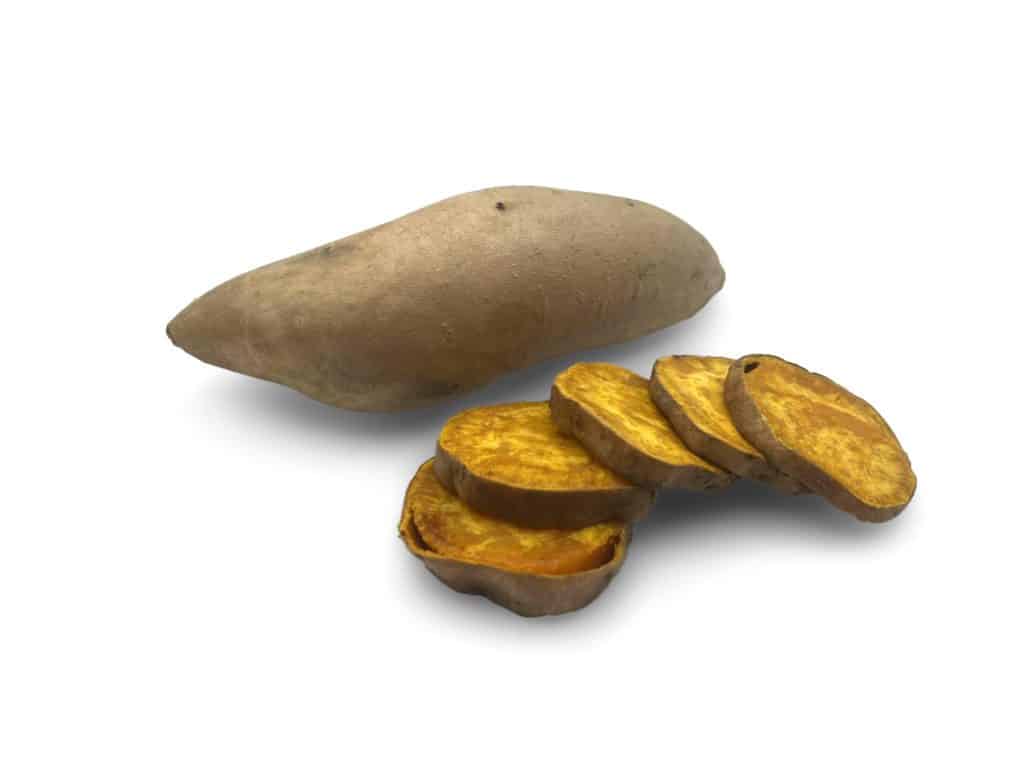Table of Contents
Yes, papaya is rich in antioxidants, fiber, and vitamins that are beneficial to people with kidney disease.
This post may contain affiliate links through which we may earn a small commission to help keep this website free.
Are papaya high in potassium?
One half cup of papaya contains 127mg of potassium making it a low potassium fruit.
Most kidney professionals consider a vegetable to be high potassium if it contains more than 200mg of potassium per serving.
If you have kidney disease, you should not restrict your intake of fruits and vegetables because of potassium content unless instructed by your kidney dietitian or healthcare provider. Many people who have kidney disease do not need to restrict their intake of potassium. There are many other factors that could cause you to have high potassium levels that are not related to the food you eat. You can learn more about potassium and kidney disease through our courses.
Are papaya high in phosphorus?
No. One half cup of papaya contains about 7mg of phosphorus. The phosphorus found in papaya is natural and poorly absorbed by the body, so it is considered a low phosphorus food.
For more information about phosphorus and kidney disease, check out our youtube video.
Is papaya high in oxalates?
No, papaya are generally considered low oxalate fruits (Source)
Oxalates are naturally occurring compounds found in many foods. When consumed, oxalates can bind with calcium in the body to form crystals, which can contribute to the formation of kidney stones in some individuals.
Kidney stones are hard deposits that form in the kidneys when there are high levels of certain substances, such as calcium, oxalate, and uric acid, in the urine. The most common type of kidney stone is calcium oxalate stones, which are formed when calcium and oxalate combine in the urine.
While oxalates are present in many foods, not everyone who consumes oxalates will develop kidney stones. Factors such as individual susceptibility, overall diet, and lifestyle choices play a role in kidney stone formation.
The highest oxalate fruits and vegetables are spinach, rhubarb, and swiss chard. However, it’s important to note that the mere presence of oxalates in food does not guarantee kidney stone formation. If you are not prone to developing kidney stones, then there is no reason to avoid foods that are high in oxalate.
What are the benefits of papaya?
- Papaya contains vitamins and antioxidants. Antioxidants consumed through fruits and vegetables are considered to have protective effects against many chronic diseases.
- Papaya contain fiber. The fiber content helps prevent constipation and supports a healthy digestive system. Avoiding constipation is an important way of helping maintain good potassium levels.
- Research shows that a low intake of fruits and vegetables is associated with an increased risk of developing kidney failure in people with kidney disease (as well as those who don’t have kidney disease.
Healthy ways to eat papaya
- Fresh and ripe: Simply cut a papaya in half, scoop out the seeds, and enjoy it fresh.
- Papaya smoothie: Blend ripe papaya with some kidney friendly yogurt or milk for a refreshing and creamy smoothie. You can also add other fruits like bananas, strawberries, or mangoes to enhance the flavor.
- Grilled papaya: Slice the papaya into thick wedges and lightly grill them for a few minutes until they develop grill marks. The heat intensifies the sweetness of the fruit and adds a smoky flavor.
- Papaya salsa: Dice papaya, red bell pepper, red onion, and jalapeño pepper. Mix them together with lime juice, cilantro, and optional salt.
High and Low Potassium Fruit and Vegetable Tool
Looking for more information on other kidney friendly fruits and vegetables? Check out our Fruit and Vegetable Potassium Tool.



